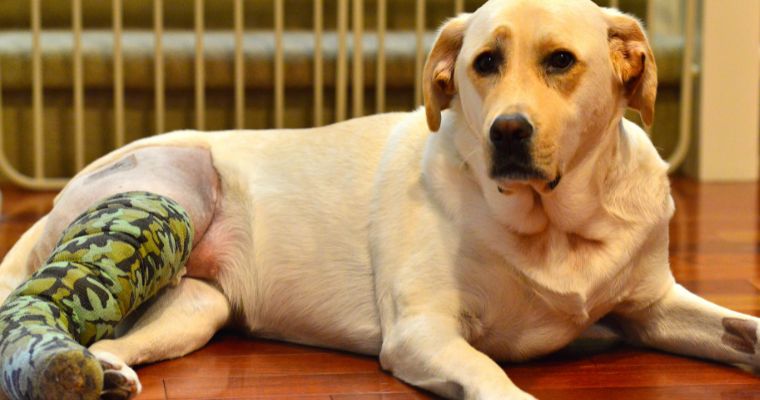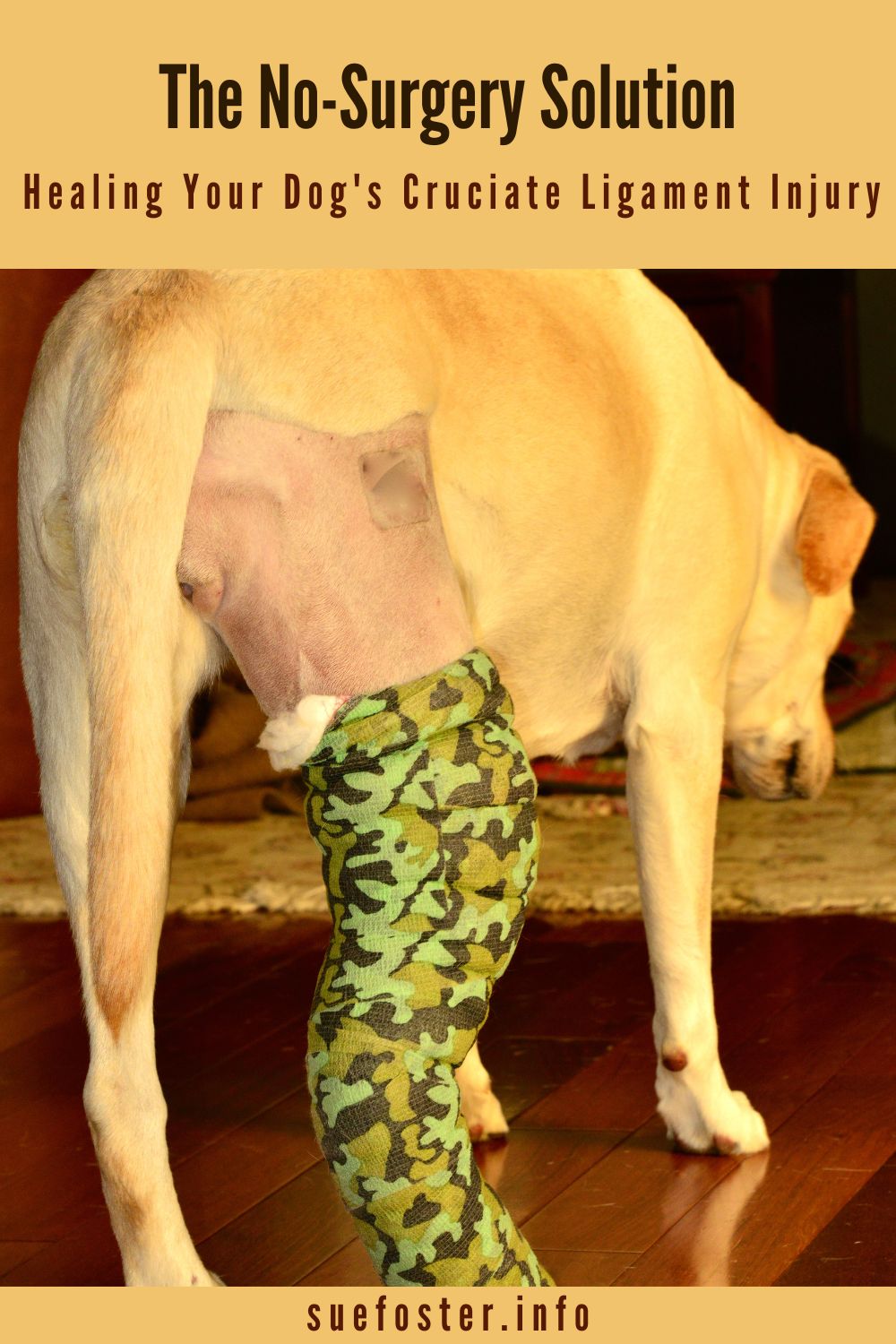As a dog owner, it can be heart-wrenching to watch your best friend suffer from a cruciate ligament injury. Often, the initial advice from veterinarians is surgery. However, not all dog owners are comfortable with this invasive procedure, nor can everyone afford the steep cost, which could be around £4000. If you don’t have insurance, this could be devastating.
So, is there a way to heal your dog’s cruciate ligament injury without surgery? Let’s delve into the non-surgical solution, which is the route I chose when my dog injured his knee. This choice could save you a fortune and spare your dog the stress of undergoing surgery.

Understanding Cruciate Ligament Injury in Dogs
Before we delve into the treatment methods, it’s essential to understand what a cruciate ligament injury is.
Dogs, much like humans, have cruciate ligaments in their knees. These ligaments are crucial for stabilizing the knee joint. When these ligaments are damaged, it can cause severe pain and mobility problems.
Cruciate ligament injuries in dogs are commonly due to trauma, but can also result from slow degradation over time.
Non-Surgical Treatment Options
Several non-surgical treatment options can help manage and heal a cruciate ligament injury. Be sure to consult with your vet before starting any treatment regimen, as each dog’s needs and conditions may vary.
Physical Therapy
Physical therapy stands as a key component in the non-surgical treatment of cruciate ligament injuries. Customized exercises can contribute to strengthening the muscles surrounding the knee, thereby offering enhanced support and stability.
Such therapy also promotes healing by enhancing blood flow to the injured area. In the case of my dog, when he injured his leg, it healed over time with ample rest and limited walks, eliminating the need for physical therapy. However, depending on your dog’s condition, your vet may suggest physical therapy as a part of the recovery process.
Weight Management
Overweight dogs are more likely to suffer from cruciate ligament injuries due to the extra strain on their joints. An effective weight management plan, involving a balanced diet and regular exercise, can alleviate some of this pressure and promote healing.
Bracing
Just like humans who use braces for knee injuries, dogs can also benefit from specially designed braces to recover from cruciate ligament injuries. These braces offer stability and support, helping to alleviate pain and facilitate healing. Below is the brace I used for my dog.
Ortocanis – Knee Brace for Dogs with Cruciate Ligament Injuries, Patella Dislocation or Osteoarthritis:
Supplements and Medication
Certain supplements and medications can help manage the symptoms of a cruciate ligament injury and encourage healing. Anti-inflammatory drugs can reduce swelling and pain. Additionally, supplements like glucosamine and chondroitin can support joint health. Our dog, for example, regularly takes a supplement named Synoquin.
The Power of Patience
Patience is vital when treating a cruciate ligament injury without surgery. It may take several months for your dog to recover fully. Regular check-ups with your vet are needed to monitor progress and adjust the treatment plan if necessary. Remember, the goal is to improve your dog’s quality of life in a way that aligns with your values and capabilities as a dog owner.
Conclusion
While surgery might be the first recommendation for a cruciate ligament injury, it’s not the only option. With a combination of physical therapy, weight management, bracing, and the right supplements, your furry friend can recover without going under the knife.
These methods require patience, effort, and professional guidance, but the reward is a happy, healthy dog who’s back on all fours, ready to take on the world again.
Please bear in mind that each dog is an individual, and treatment effective for one might not yield the same results for another. Therefore, it’s always recommended to seek professional veterinary guidance before initiating any new treatment.
Enjoy this Post? Support Sue Foster on Ko-fi


